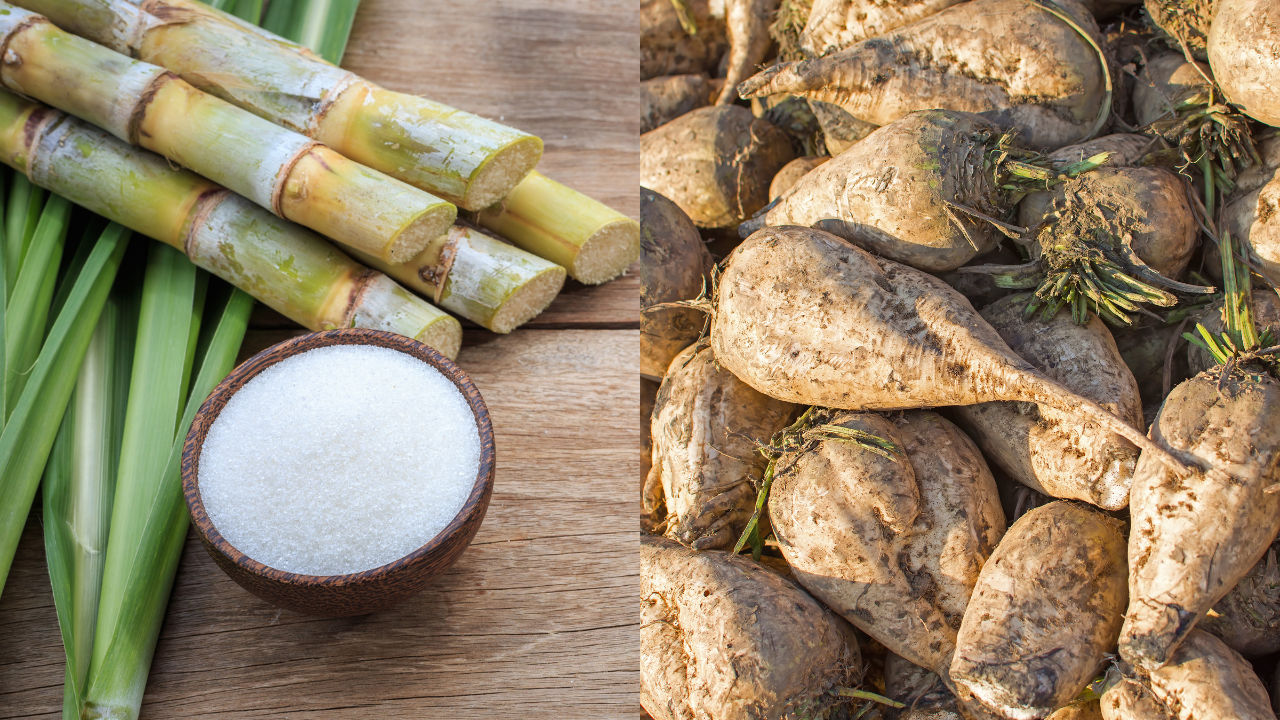The discussion of beet sugar vs cane sugar often includes comparisons of their effect on blood sugar.
The discussion of beet sugar vs cane sugar often includes comparisons of their effect on blood sugar.
Blog Article
Recognizing the Nutritional Advantages of Beetroot Sugar Vs Cane Sugar for Wellness Conscious Consumers
When checking out the nutritional effects of beet sugar versus walking cane sugar, health-conscious consumers find that both varieties mostly contain sucrose and deal similar calorie values, each adding around 16 calories per teaspoon. In spite of this similarity, neither kind provides considerable health and wellness benefits, as they are devoid of essential nutrients. Exploring the more comprehensive impacts, including ecological considerations and long-lasting wellness results of sugar consumption, might illuminate much more nuanced distinctions in between these two sugars.
Nutritional Profile and Caloric Worth of Beetroot Sugar and Walking Cane Sugar
Although both beet sugar and cane sugar are mostly made up of sucrose, their dietary accounts and caloric worths are incredibly similar. Each provides around 16 calories per teaspoon and is composed virtually completely of carbs, with marginal amounts of protein or fat. These sugars additionally lack substantial amounts of vitamins or minerals. The refinement process strips away many of the intrinsic nutrients, providing both types virtually identical in regards to nutrition. There are trace differences in the pollutants that continue to be after handling, which can a little influence the flavor and color of the sugars, yet these are minimal in terms of wellness impact. For consumers concentrating on nutritional influence, the selection in between beet and walking stick sugar is a lot more concerning personal preference or prospective environmental worries instead of dietary differences. Both need to be consumed in moderation within a balanced diet plan as a result of their high calorie material and absence of important nutrients (beet sugar vs cane sugar).
Environmental Effect and Sustainability of Sugar Manufacturing
While the dietary differences between beetroot sugar and walking stick sugar are marginal, their manufacturing processes provide more considerable disparities, especially in regards to ecological effect and sustainability. Walking cane sugar production typically entails considerable land use and deforestation, which adds to habitat destruction Recommended Reading and biodiversity loss. This farming is likewise associated with high water usage and water pollution due to the overflow of pesticides view publisher site and plant foods. On the other hand, beetroot sugar production generally calls for less land and can be grown in more pleasant climates, which might decrease the demand for watering and the involved water source deficiency.
Nevertheless, beetroot farming is not without its environmental difficulties; it includes significant energy inputs, especially in the north climates where it is grown, due to the requirement for longer heating durations in sugar handling. Both sugar beet and sugar cane sectors are discovering extra lasting methods, including plant rotation, chemical-free farming, and enhanced waste administration strategies to mitigate these impacts.
Health And Wellness Impacts and Recommendations for Sugar Intake
In spite of their very little dietary differences, both beet sugar and walking stick sugar can have harmful wellness effects when eaten over. High consumption of either type of sugar adds to a series of wellness problems, including weight problems, type 2 diabetic issues, and heart illness. Both sugars are pure sucrose and offer no necessary nutrients in addition to calories, resulting in rapid spikes in blood sugar degrees upon intake.


Conclusion

Report this page